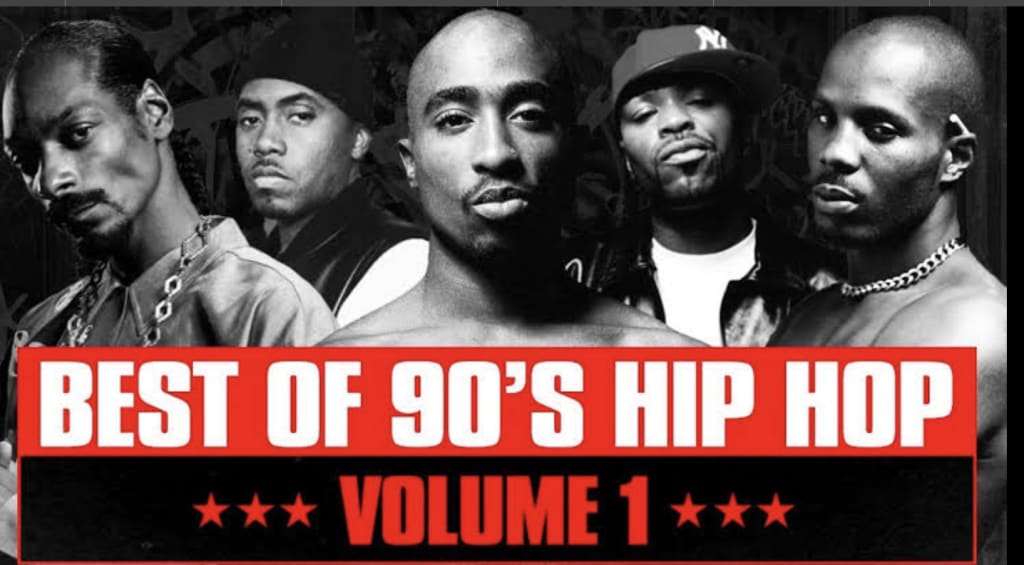

Using fabulously complex algorithms to interpret the data generated by sonar, his company located likely deposits of fuel deep underground. Andy Hildebrand made his first fortune helping the oil giant Exxon find drilling sites. Long before inventing Auto-Tune, the mathematician Dr. W here the future is still what it used to be – Antares Audio Technology marketing slogan But it seems far more likely to become a trigger for fond nostalgia: how we’ll remember these strange times we’re living through. Its imprint is the date-stamp that detractors claim will make recordings from this era sound dated. Epoch-defining or epoch-defacing, Auto-Tune is indisputably the sound of the 21st century so far. Few innovations in sound-production have been simultaneously so reviled and so revolutionary. What follows is the story of the life of Auto-Tune-its unexpected staying power, its global penetration, its freakily persistent power to thrill listeners.
:max_bytes(150000):strip_icc()/LQGIDP-1537471441-640x640-008811059422-5c2bd8eb46e0fb00011758b8.jpg)
Jay-Z certainly doesn't sound overjoyed about being surrounded on all sides by the effect, having proclaimed the “ death of Auto-Tune” a decade ago. Some might take “Apeshit” as yet another example of Beyoncé’s Midas-touch mastery, but really it was a transparent attempt to compete on urban radio by adopting the prevailing template of commercial-yet-street rap. One recent measure of its triumph is Beyoncé and Jay-Z’s “ Apeshit.” Here Queen Bey jumps on the trap bandwagon, tracing over verses written by Migos’ Quavo and Offset through the crinkled sheen of over-cranked Auto-Tune. Despite all the premature expectations of its imminent demise, Auto-Tune’s potential as a creative tool turned out to be wider and wilder than anybody could ever have dreamt back when “Believe” topped the charts in 23 countries. Its use is now more entrenched than ever. But Auto-Tune proved to be the fad that just wouldn’t fade. Right from the start, it always felt like a gimmick, something forever on the brink of falling from public favor. Soon overtly Auto-Tuned vocals were cropping up all over the sonic landscape, in R&B and dancehall, pop, house, and even country. The song’s producers, Mark Taylor and Brian Rawling, tried to keep secret the source of their magic trick, even coming up with a cover story that identified the machine as a brand of vocoder pedal, that robotic-sounding analog-era effect widely used in disco and funk.

“Believe” was the first record where the effect drew attention to itself: The glow-and-flutter of Cher’s voice at key points in the song announced its own technological artifice-a blend of posthuman perfection and angelic transcendence ideal for the vague religiosity of the chorus, “Do you believe in life after love?” The pitch-correction technology Auto-Tune had been on the market for about a year before “Believe” hit the charts, but its previous appearances had been discreet, as its makers, Antares Audio Technologies, intended. And what we were really “leaving” was the 20th century. The song, of course, was Cher’s “ Believe,” a worldwide smash on its October 1998 release. That sparkly special effect reappeared in the next verse, but this time a robotic warble wobbled, “So sa-a-a-ad that you’re leaving.” The phrase “I can’t break through” turned crystalline, like the singer suddenly disappeared behind frosted glass. It happened exactly 36 seconds into the song-a glimpse of the shape of pop to come, a feel of the fabric of the future we now inhabit.


 0 kommentar(er)
0 kommentar(er)
